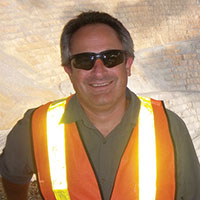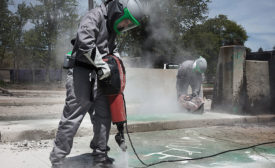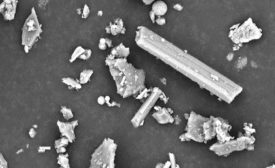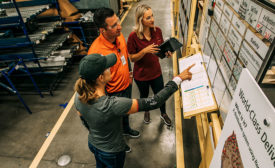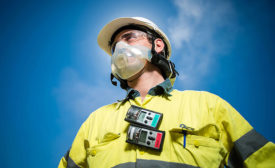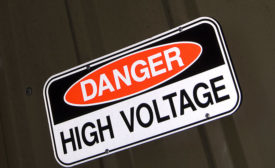OSHA
Closing Time
What happens in the boardroom affects the front line
Behaviors interlock all down the line
October 1, 2019
Training Strategies
Smart Rewards: Be strategic about your use of safety incentives
October 1, 2019
Best Practices
Know where your knowledge gaps are
Essentials: ACGIH® TLVs® and BEIs® booklet
October 1, 2019
Strategies to train & outfit inexperienced workers
Coping with the labor shortage
October 1, 2019
Never miss the latest news and trends driving the safety industry
eNewsletter | Website | eMagazine
JOIN TODAYCopyright ©2024. All Rights Reserved BNP Media.
Design, CMS, Hosting & Web Development :: ePublishing


